Ardha Chandrāsana The Back Bend
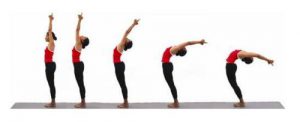
This is the continuation of part 1.
Ardha Chandrāsana The Back Bend After the Side bends of the Half Moon we do the Back Bends.
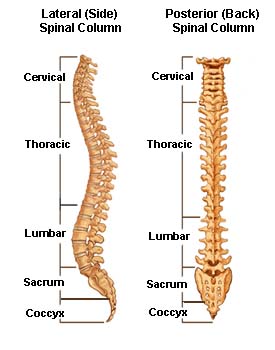 I like to think of the back bend as a continuous stretch up, which leads to us bending backwards. What we usually don’t understand is what part of the spine can actually bend back. In fact, it requires that all the joints in the vertebra, hips and shoulder fully extend. But many of us have lost, or maybe never had, the ability to move each of the vertebrae independently. And rightfully so, they don’t necessarily move independently, they tend to move more in blocks. Above the Coccyx (tail bone) is the Sacrum is made up of 5 bones that are usually fused into one bone mass by adulthood. The Lombar and Thoracic spine respectively may more more as a unit and the cervical spin as well eventhought they are still independent and can have varing degrees of mobility.
I like to think of the back bend as a continuous stretch up, which leads to us bending backwards. What we usually don’t understand is what part of the spine can actually bend back. In fact, it requires that all the joints in the vertebra, hips and shoulder fully extend. But many of us have lost, or maybe never had, the ability to move each of the vertebrae independently. And rightfully so, they don’t necessarily move independently, they tend to move more in blocks. Above the Coccyx (tail bone) is the Sacrum is made up of 5 bones that are usually fused into one bone mass by adulthood. The Lombar and Thoracic spine respectively may more more as a unit and the cervical spin as well eventhought they are still independent and can have varing degrees of mobility.
As you arch back think of opening the shoulders and looking for the floor behind you. Avoid bouncing back as we are not dynamically bending back, meaning we are not “bouncing back” but slowly activating the muscles and trying to arch back. But is it really arching ?
Consider what Joumana Medlej proposed in the article about Flexibility. Again, the extension of the thoracic spine is grouped in a block position. Think about the vital organs there that don’t like to be compressed ( i.e. the heart). So it may not be to good for the spine to arch back in the thoracic spine. But what we can do is bend more at the part between the thoracic spin and the lumbar spine, so as not to bend only from the lumbar spine. And then work on opening in the shoulders to extend back more. What I am getting at is the we can not “open” the thoracic spine, but we can try to move the “blocks” more independently: the lower back (between the hips and limbers), the upper back , (between the lumbars and the thoracic spine), and the upper spine (between the upper spine and the neck). Finally the shoulders stretching up and back.
*** A side note about flexibility.
As I mentioned there are many factors to consider. Having tight hip flexors and abdominal muscles, How much space toe we have for the bones to actually move, as it depends on their size and shape. Strength also play a role. And finally some of us may be Hyper-mobile (spaghetti like) or Hypo-mobile, as stiff as a board. While training flexibility training a general rule is that Dynamic stretching can help to gain more range, However, there is a greater risk of muscle tear is very and may require more warming up, and in the case of backbends a wall (think of wall walks)
Read some more here about mobility.
There also is a lot of research done at the Physicians Neck & Back Clinics (PNBC) in Minnesota they specialize in the treatment of back problems throughout the repetition of Back banding which they linked to reduction in back pain.
The back-bend controversy : The Glutes & The Abs.
Like most professions there controversy galore even in the yoga world. People get into fights in forums over this. Yes Yogi fights.
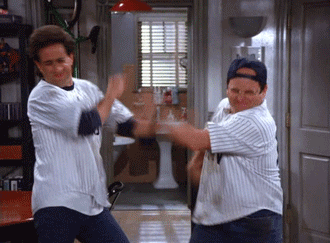
Fights about squeezing the buttocks vs a soft bum, or stomach muscles used or not.
Should you contract the buttock muscles? The short answer is yes / no
Should you contract the Stomach muscles? The short answer is no / yes
Confused ?
First lets look at the buttock muscles or the Gluteus muscles.
The glutes, there are three main ones, well four if you count the tensor fasciae latae (TFL) they all work in different ways. The main function: both of stability and movement with respect to the femur and the pelvis. It’s a bit more complicated because there are other factors to consider too, like fascia and tightness in the other muscles in the front side of the body (hip flexors and abdominal muscles for example). But for now I will focus on the gluteus muscles.
- Gluteus max extends and externally rotates the leg
- Gluteus med abducts and can both internally and externally rotate the leg.
- Gluteus min and TFL abduct and internally rotate the leg.
The argument against using the buttock muscles is that it will open the hips out and the legs in an outward rotation providing a false sense of going deeper. People who are naturally more open in the back or hips may have a tendency to already be able to externally rotate the hips as well as extend the hip flexors. The Gluteus Maximus helps to that regard. And because of this it can create a little external rotation of the hips, while in the backbends (Cobra, Wheels, and even the standing backbends). Other muscles that also help to externally rotate is the Piriformus. When we back bend we tend to use the Gluteus Maximus.
When these deeper rotators (with the gluteus maximus) are fired up and engaged during backbends, lumbar lordosis is accentuated and an instability increases, the knees start bow out, and the anterior hip socket becomes more vulnerable. Thus all the hipe over not using the glutes. If you are a back bender and also a deep back bender then firing up the glutes too soon may also cause a sensation of blocking up in the lower back. Also in going deep in a backbend some people may even hinder nerves and blood flow to the upper spin and cause dizziness (but this is another issue). And so probably a few dancers and bendy yogis started the trend of loosening the glutes.
However this can be done without avoiding glutes! We still need the glutes to both create pelvic stability and to counter an anterior tilt created by tight hip flexors. We need the glutes also to help protect the back! Most of us probably have tighter hip flexors and also tighter abdominal muscles, so lessening the contraction of the glutes may be counter productive while tightening them help stabilize and stop the pelvis from tilting. Also tightening the abdominal muscles and hip flexors that are already tight may also prevent us from moving back (we tend to sit long hours and as a consequence have tighter muscles here). So most of us can benefit from first pressing the feet down and legs together as you arch back, and using the Gluteus medium and minimum first and finally tighten the Gluteus maximus muscles at the end.
Notes from the Lineage.

I have gone through the different source materials from the Ghosh Linneage that I had on hand and gathered together some of the things they had to say about these postures.
Bishnu Charan Ghosh’s book does’t mention this posture in his book. Yet is is part of his Therapy.
The first reference to this posture is found in the Buddah Bose book. The Difference here is that the grip is taught with the thumbs crossed and the palms open facing forward (this is still taught as a grip for the sit-ups). The recommendation is for 1 minute. His claim is that it “Improves the sidewise movements , increasing flexibility. Strengthens the abdominal wall, Cures enlargement of the liver, spleen and kidney troubles.”
Later on of Ghoshs students, Dr Mukerji who spent time in Germany and did some rudimentary studies on the posture wrote his book in German now translated in to English. In his book 84 YOGA ASANAS – GSM teaching it a a posture that should be done for 10 second sets and build up to 1 min. He explains that this posture “Reduces fat, women like it, good for kidney, liver, spleen”. For the back bend it is a 10 second posture, good for swimmers and people seated most of the time.
Dr. Das, one of Bikram’s peers also wrote about this in his book Yoga Panecea he also confirms the 10 counts sets but only building up to 30 counts. He is also the first to indicate what to do as a modification. “Cures constipation, rheumatic shoulder, fibrositis in arms and shulders, reduce flabbiness, obesity around the waiste. Good for low blood pressure gastritus, epilepsy. Good for proper function of kidneys and swimmers.” But his also goes on to say that is it “good for married women to tone up bosom muscles.” There is an added note that beginners practice near a wall not to fall. He also gives a host of counter indications for people with conditions such as ulcerative colitis, parkenson syndrome, spondylolithesis, rheumatic heart disease, paroxysmal tachycardia, multiple sclerosis among others. For the back bending part there wasn’t much indicated different from the side bending.
Bikram Also wrote three books about this posture, and had some variations himself about them. In his old book (the red one) he has just the hands together in prayer position, but in the Orange book, it is interlaced fingers and pointed index fingers (aka Kali Mudra). The timing also varies, in the red book it is 10 honest counts and the orange book 10 seconds. During my training back in 2002 we were taught to hold it 1 minute first set and 30 seconds second set. This is not taught any longer in the later teacher trainings to the best of my knowledge. The Back Bending is also a 10 second, or counts. Bikram’s Books, also don’t give much in the way of benefits.
From my own notes and experiences we were also taught to perform the 80-20 breathing when doing these postures. Filling the lungs 80% and then breathing using only the top 20% of the lungs while in the posture.
Bibliography
- http://ynottony.com/ynot/yoga/sanskrit/https://en.wikipedia.org/wiki/Ardha_Candrāsana
- http://www.pilatesfitness.com.sg/lateral-flexion-side-bend-best-lower-back-pain-treatment/
- Bishnu Charan’s http://www.ghoshyoga.org/store/p47/Yoga_Cure_-_Digital_%28by_BC_Ghosh%29.html
- Budha Bose’s book http://www.ghoshyoga.org/store/p8/84_Yoga_Asanas_by_Buddha_Bose.html
- The GLutes : https://breakingmuscle.com/fitness/the-butt-of-a-backbend-a-lesson-in-gluteal-anatomy
- Flexibility and Back Bends https://design.tutsplus.com/articles/human-anatomy-fundamentals-flexibility-and-joint-limitations–vector-25401
- Dr. Das’s Book Yoga Panecea
- Dr. Mukerji’s book www.ghoshyoga.org/store/p53/84_Yoga_Asanas_-_GSM.html
- Bikram’s old Red book
- Bikram’s Dialogue
- Bikram’s Orange book.
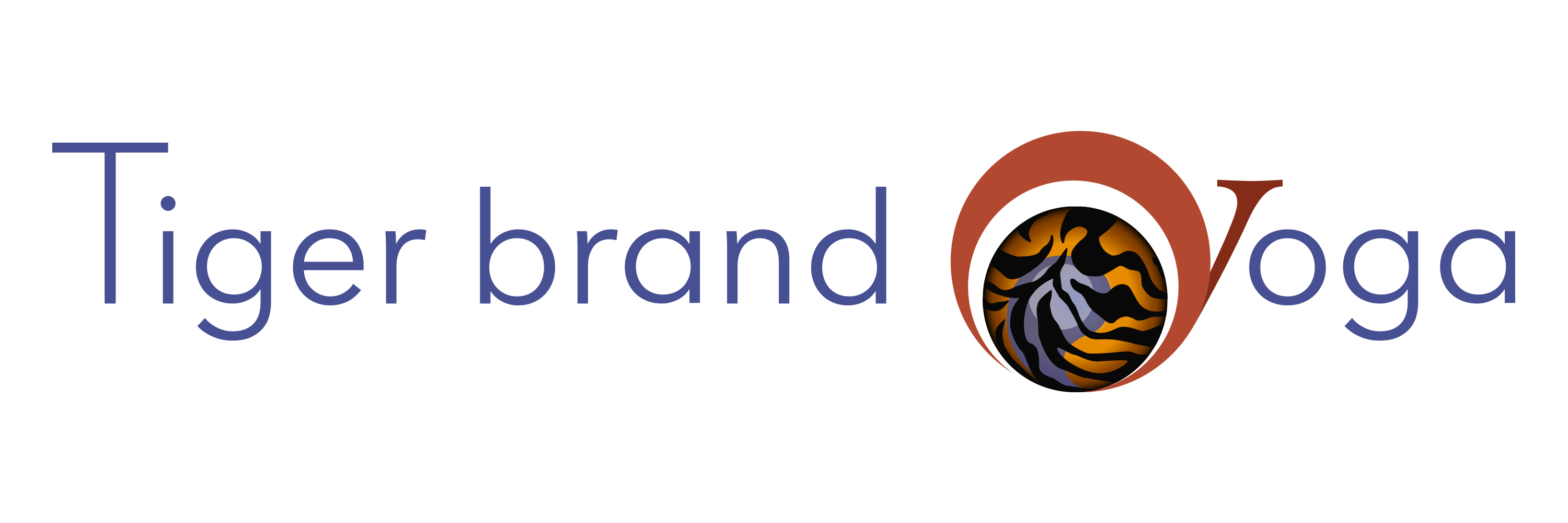


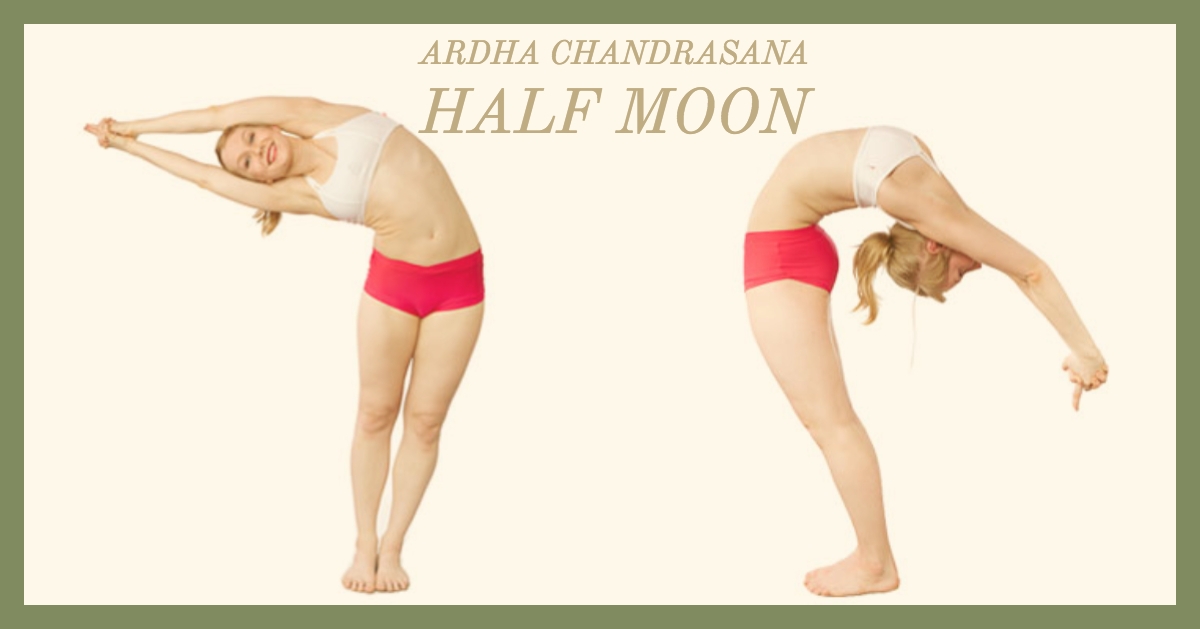
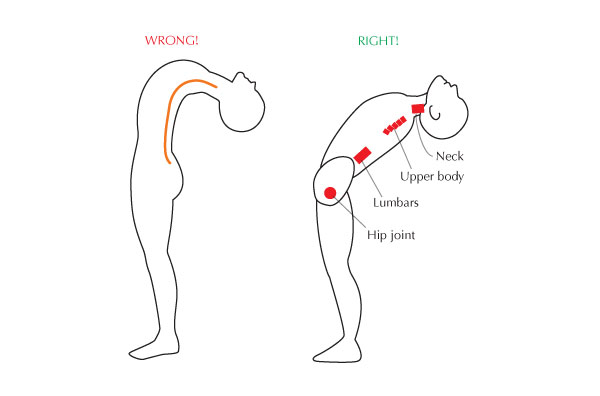
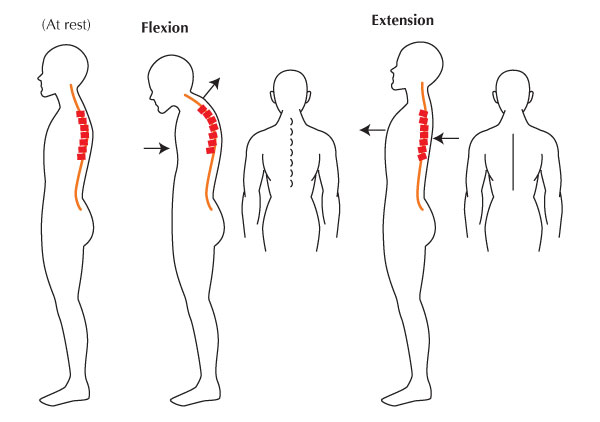
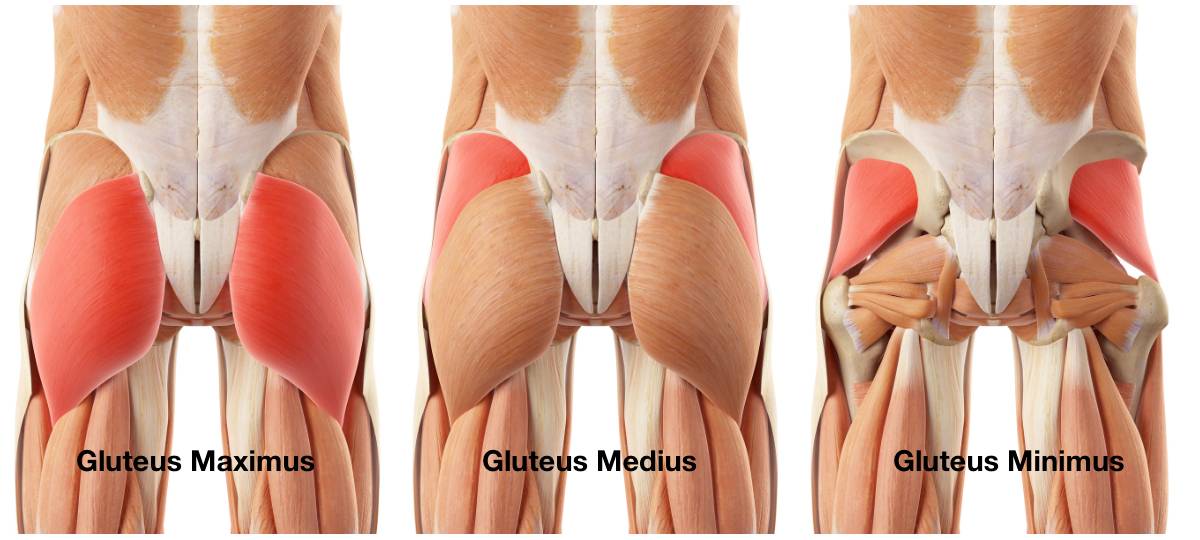
Comments are closed